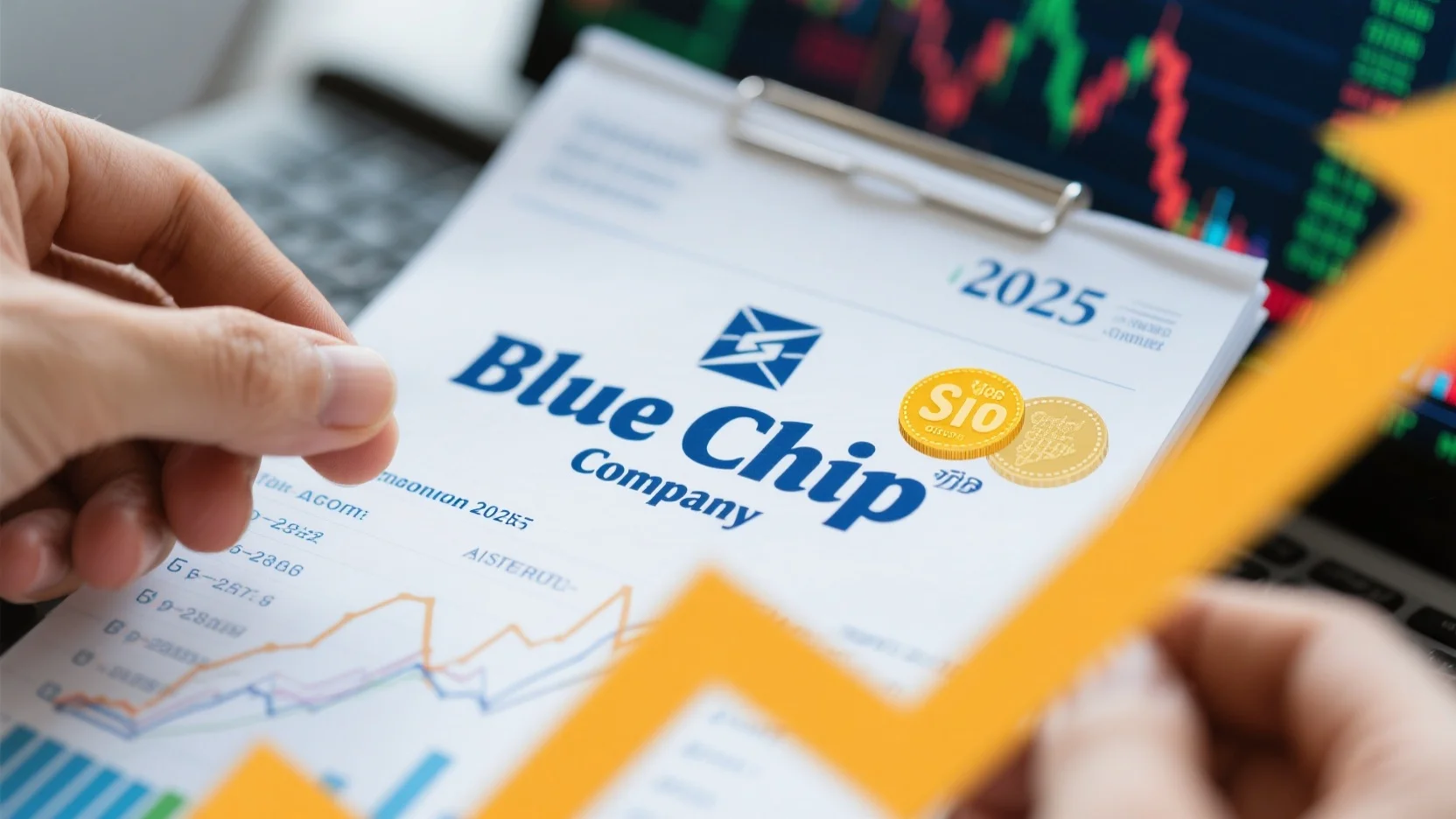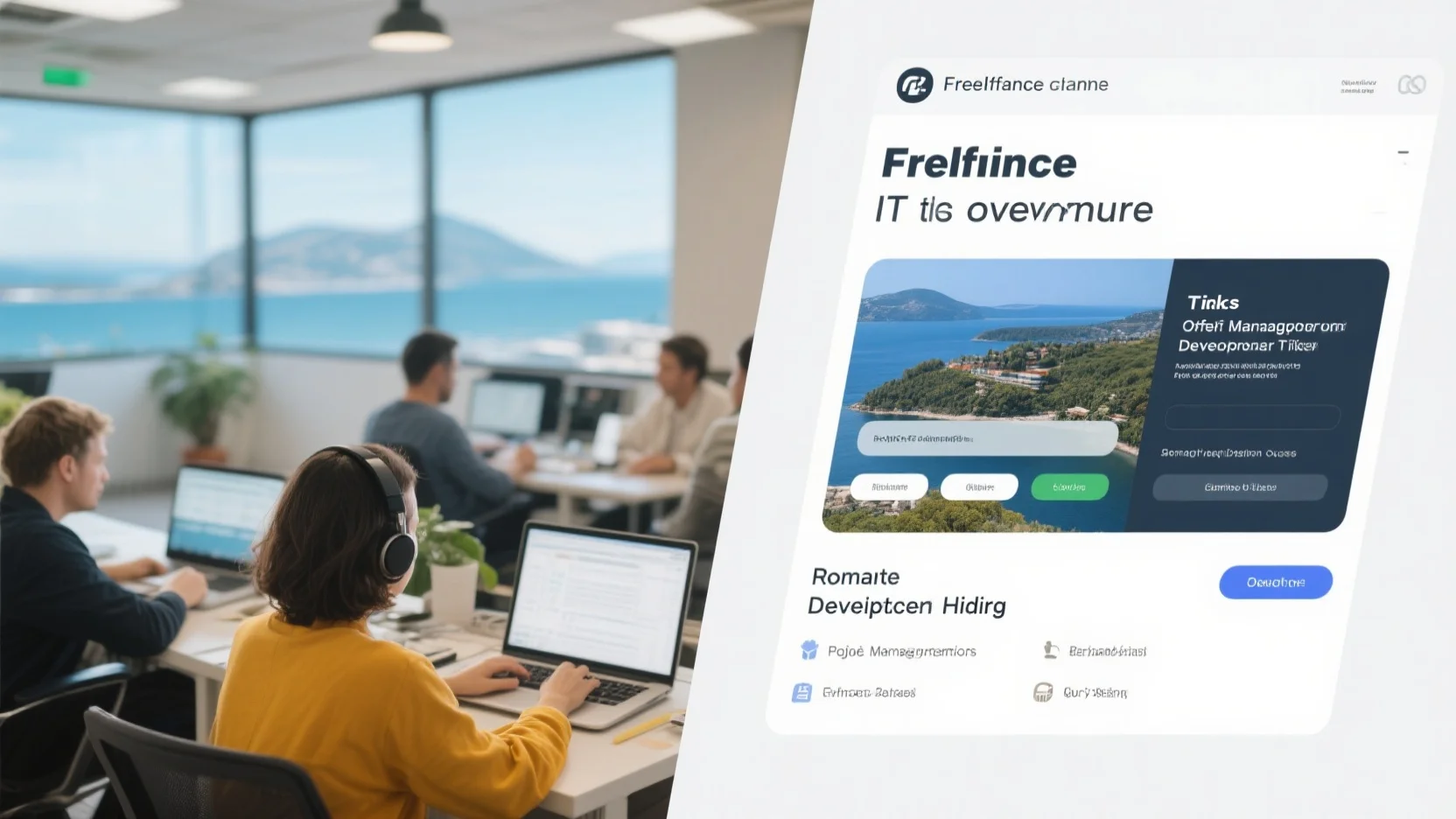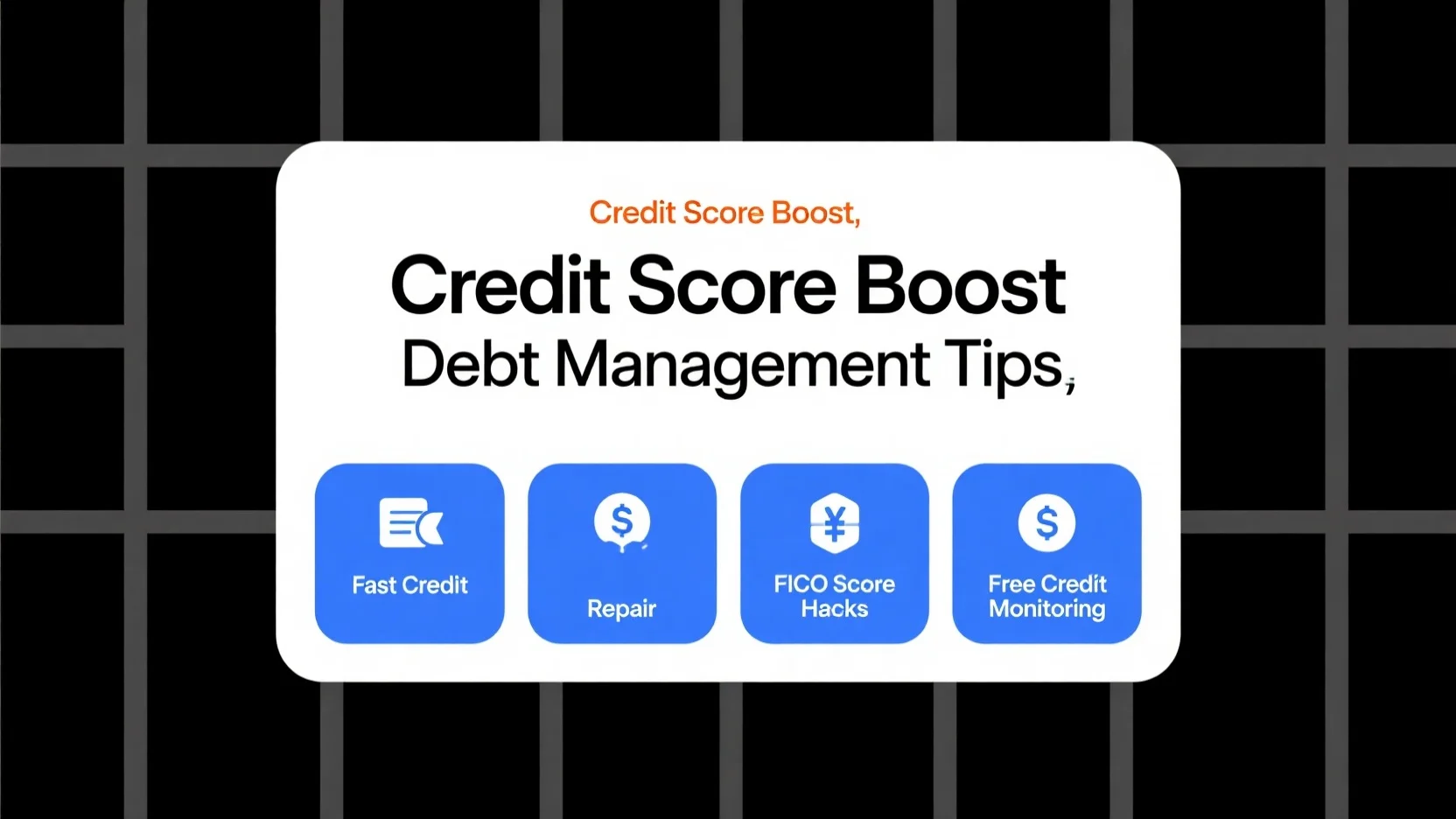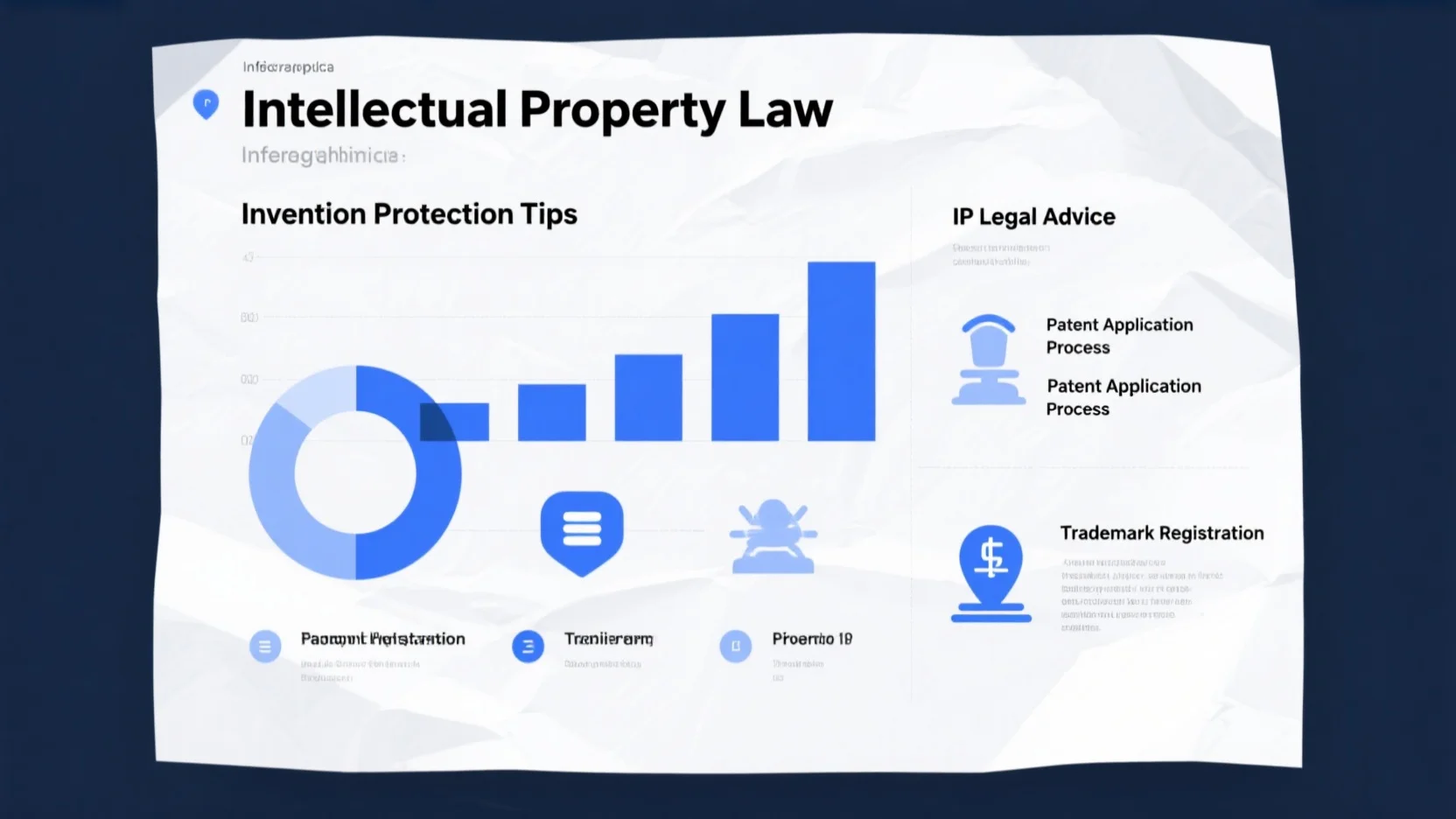Image Source: pexels
Getting a patent protects your idea and gives you rights under Intellectual Property Rights: How to Patent Your Invention. It stops others from copying or using your idea without asking. To get a patent, you must apply, get it checked, and approved. Patents help by protecting your market and covering research costs.
- The European Patent Office (EPO) says only 4% of patents are opposed, proving they work well.
- The USPTO has 8,000 workers to review many applications.
- Drug patents give companies a short monopoly to earn back money spent on making new medicines.
These benefits show why protecting ideas is important: learning about Intellectual Property Rights: How to Patent Your Invention can help it succeed.
Key Takeaways
- Patents keep your invention safe and stop others from using it. This law helps people create new things and rewards inventors.
- Before getting a patent, make sure your idea is new. Check carefully to see if someone already has a similar patent.
- Keep your invention secret before applying for a patent. Use NDAs to protect your idea and don’t share it publicly.
Understanding Patents and Why They Matter
What Is a Patent?
A patent is a legal paper that protects inventors’ ideas. It stops others from using or selling the invention without asking. This system helps inventors by rewarding their hard work. The USPTO says patents also share technical details, helping others improve ideas.
Why Are Patents Important?
Patents are key to keeping ideas safe. They give inventors legal protection so no one can steal their work. This system helps society by encouraging new ideas and sharing knowledge. For example, over 600,000 patent requests were made in 2020, showing how patents help industries stay competitive.

The U.S. Constitution says patents help grow useful arts and industries.
Studies show more patents mean stronger economies. From 1985 to 2019, both GDP and patents grew together, proving patents help markets succeed.
Types of Patents
There are three main kinds of patents: utility, design, and plant. Utility patents protect new processes, machines, or materials. Design patents cover how a product looks. Plant patents are for new types of plants.
Today, most patents are for technology, like artificial intelligence. Renewable energy patents are also growing fast, rising 15% each year as people focus on green solutions.
Step-by-Step Guide to Patenting Your Invention
Check If Your Idea Can Be Patented
Before applying, make sure your idea meets the rules. The U.S. Patent Office checks inventions using four main laws:
| Law | What It Means |
|---|---|
| 35 U.S.C. §102 | The invention must be new. |
| 35 U.S.C. §103 | It cannot be obvious to experts. |
| 35 U.S.C. §112 | It must be clearly explained and described. |
| 35 U.S.C. §101 | It must be useful and eligible for a patent. |
These rules ensure the invention is unique and well-described. Only inventions that follow these rules can get patent protection.
Do a Patent Search
Search for existing patents to avoid overlaps with your idea. Good strategies include:
- Using smart tools like AI to search faster.
- Keeping records of your search for later use.
- Changing search words to find better results.
Tools that show patent trends help find gaps in existing ideas. Staying updated with new search methods improves your chances.
Pick the Right Patent Type
Choose the patent type that fits your invention best. For example:
| Case Example | Lesson Learned |
|---|---|
| In re Huang, 100 F.3d 135, 140 | Shows how unique features help patent success. |
| Volvo Penta of the Americas v. Brunswick | Proves unique inventions lead to business success. |
These examples show that picking the right type makes your patent stronger.
Write and Submit Your Patent Application
Your application needs clear details about your invention. Include drawings, descriptions, and claims to explain it. About 75% of applications get questions from the office, so be precise. For biotech patents, only 40% are approved due to strict checks.
Reply to USPTO Questions
After submitting, the USPTO may ask for changes or more details. Answer quickly and fix any issues they mention. If denied, appeals have a 50% chance of success. Clear replies make the process easier and improve your chances.
Keeping Your Idea Safe Before and During the Process
Use Non-Disclosure Agreements (NDAs)
NDAs are important for keeping your invention private. These legal papers stop others from sharing your idea without permission. They explain what is private and what is not, avoiding confusion.
- NDAs stop others from using or sharing your idea unfairly.
- They make stealing ideas illegal, giving inventors legal protection.
- Signing NDAs builds trust, which is important for teamwork.
NDAs also show investors that you care about protecting your ideas. They keep customer and client information safe too, protecting personal data.
Don’t Share Your Idea Publicly
Sharing your invention before filing a patent can cause problems. Courts say showing an invention without confidentiality rules can cancel patents.
For example, in the case of In re Wingen, a patent was denied because the invention was shown at an event without privacy rules.
To stay safe, don’t share your idea at events or online before filing. Public sharing can lead to rejection, so keeping it private is very important.
Record Your Work
Writing down how you made your invention helps protect it. Keep notes, drawings, and models with dates to show it’s your idea. These records can help in legal fights or during the patent review. Good records also help you improve your invention and make it better.
Costs and Tips for Success
Patent Filing Costs
Getting a patent costs money, so plan carefully. In the U.S., the average cost is about $10,000. This includes filing, lawyer, and upkeep fees. Filing a utility patent costs $75 to $300 for small businesses. International patents can cost over $10,000. Lawyer fees range from $5,000 to $15,000, depending on how complex the invention is. Small businesses pay $720 to $2,880 for examination fees. Extra claims or changes may cost more.
More small and medium businesses are applying for patents now. This shows how important protecting ideas is in today’s markets.
Additional Costs and Maintenance Fees
You must pay fees to keep your patent active. These are due at certain times after approval:
- 3.5 years: $800
- 7.5 years: $1,800
- 11.5 years: $3,700
If you don’t pay, your patent will expire. Costs also depend on how complex your invention is and where it’s protected. Legal issues can add to expenses too. Planning your budget helps manage these costs better.
Tips for a Successful Application
A strong application improves your chances of getting a patent. Focus on these steps:
- Thorough Research: Check if your idea is new with a detailed search.
- Clear Claims: Write simple and exact claims to explain your invention.
- Confidentiality: Keep your idea private and don’t share it publicly.
| Case Study | Key Takeaway |
|---|---|
| 2012 Nike vs. Adidas | Showed why new ideas are important. |
| 2024 Charge Fusion Technologies vs. Tesla | Proved careful planning leads to success. |
These cases show that good preparation and privacy are key to a strong patent.
Getting a patent requires important steps, like checking if it’s allowed and filing papers. Acting fast helps protect your idea.
-
Hiring experts can help a lot:
- Patent lawyers do deep searches and explain legal rules.
- They find foreign ideas that inventors might miss.
- The USPTO suggests using trained lawyers because the process is tricky.
- Experts make it easier to get approval.
Protecting your idea keeps you ahead and helps your business grow.
FAQ
What happens if someone breaks a patent?
The patent owner can sue them in court. Judges might make the person stop and pay money for using the idea without permission.
How long does a patent stay valid?
Utility patents last 20 years from when you file them. Design patents last 15 years. You must pay fees to keep them active.
Can you patent an invention in other countries?
Yes, inventors can apply in many countries using the Patent Cooperation Treaty (PCT). This makes it easier to protect ideas worldwide.
Tip: Talk to a patent lawyer for global applications to avoid mistakes or delays.





